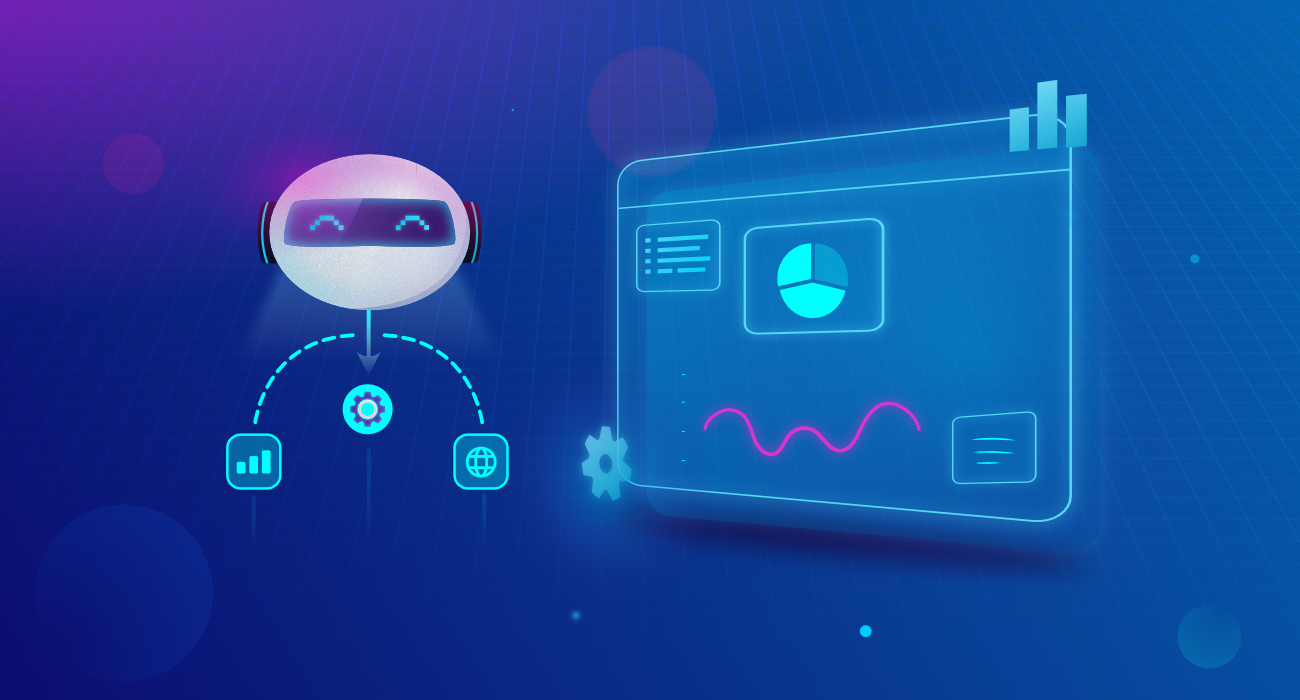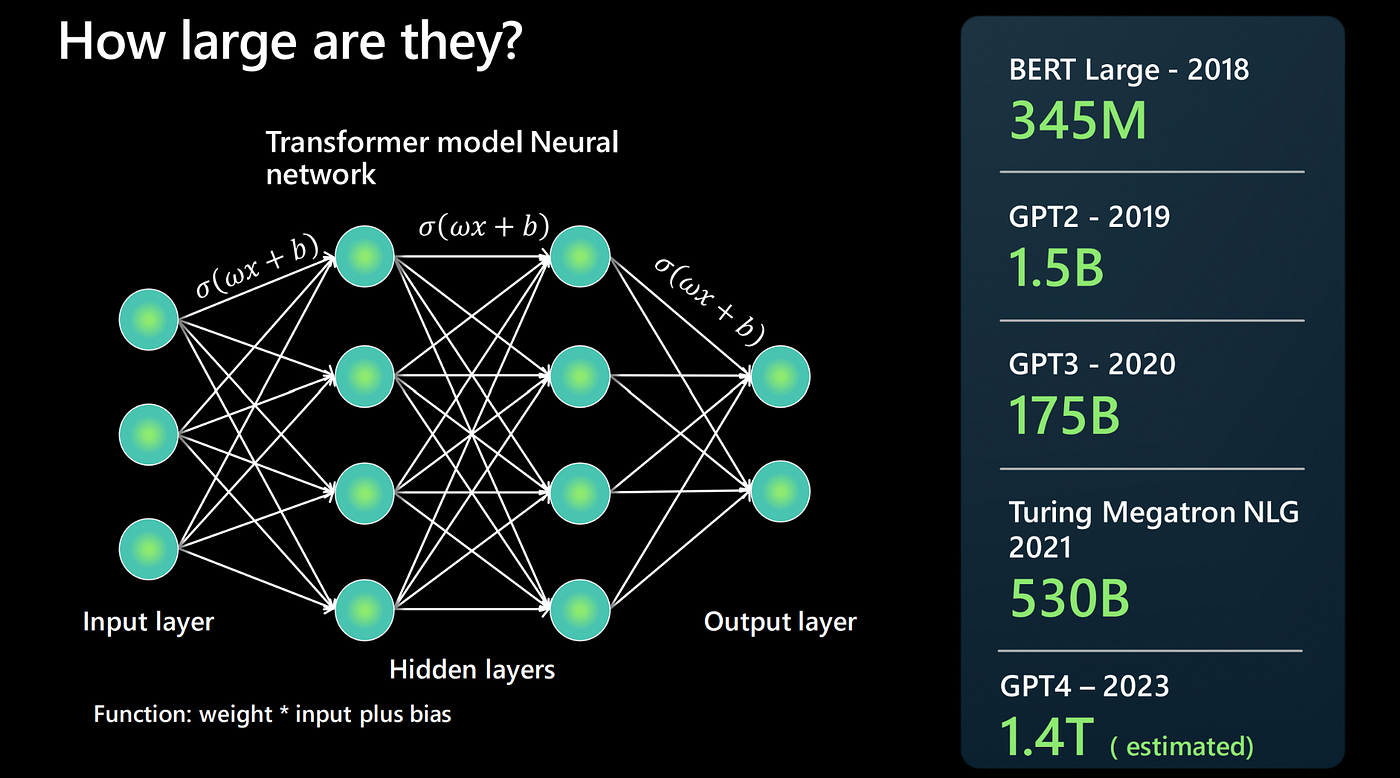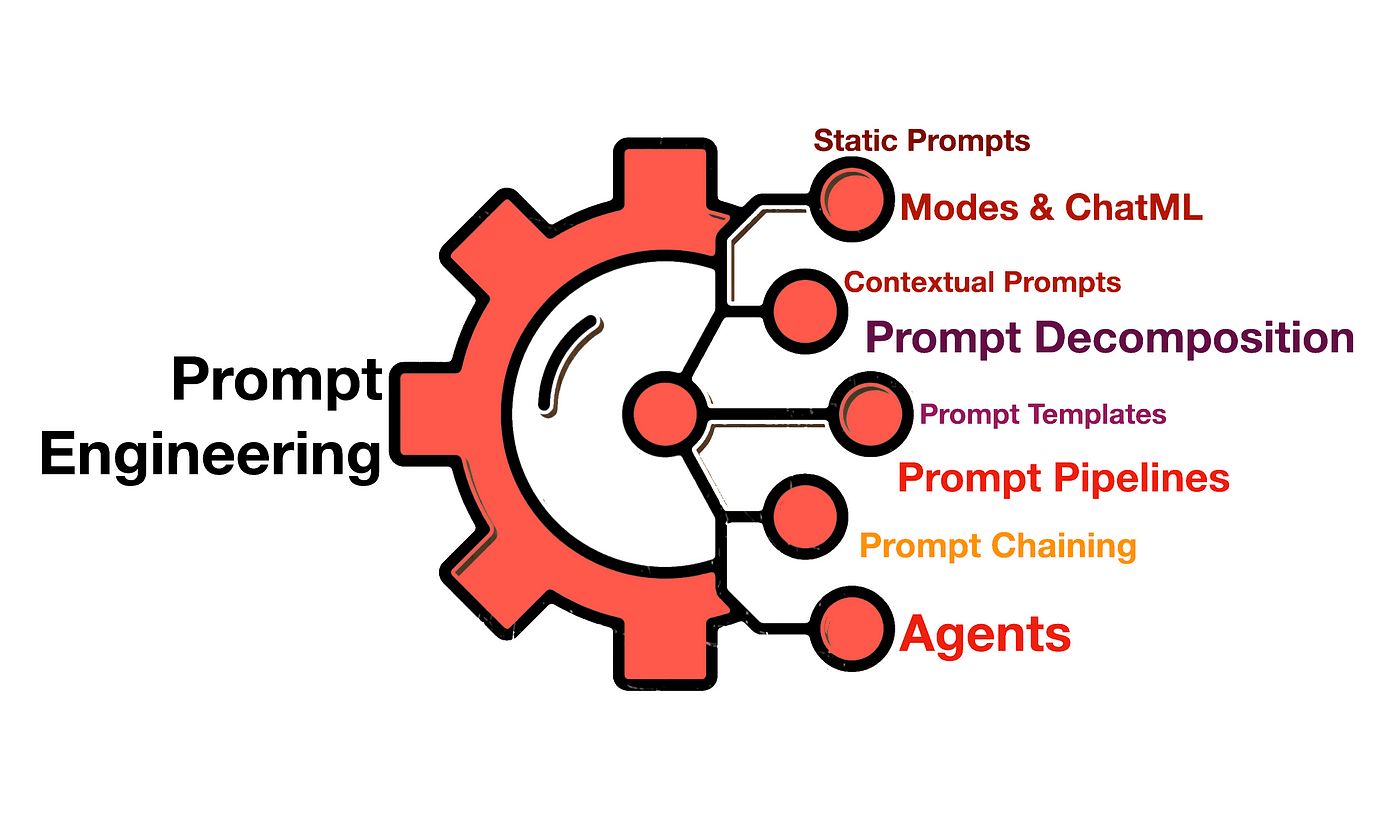AI Speaks Your Language — Do You Speak Back?
- Data, AI & Analytics
AI Speaks Your Language — Do You Speak Back?

We’re in the midst of a language revolution. AI is no longer some abstract concept — it’s here, embedded in our daily lives. From writing emails and summarizing articles to brainstorming content and coding, Large Language Models (LLMs) are changing how we interact with technology. These systems understand and generate human-like text with startling fluency.
But how exactly do they work? And why does your ability to communicate clearly in natural language now matter more than ever? Let’s dive into the mechanics of LLMs — and explore how English is quickly becoming the world’s most important new programming language.
Predicting the Future, One Word at a Time
At their core, LLMs are powerful prediction engines. Their job? Guess the next word in a sentence. It sounds simple — but this task requires deep understanding of grammar, context, and meaning.
LLMs learn through self-supervised learning, where the next word itself is the label. No human labeling required — just mountains of text data from books, websites, and more. It’s like teaching a model to read, then asking it to write.
Deep Learning, Deep Power
All of this is powered by deep learning — neural networks stacked in layers, mimicking the way our brains process information. These models have billions of parameters (like digital neurons), allowing them to capture the complex web of human language.

After training on massive datasets, they become shockingly good at writing everything from poetry to product descriptions. And when they generate text, they do it one word at a time — predicting, appending, repeating — until coherent, creative sentences emerge.
Creativity, Not Just Accuracy
LLMs don’t always pick the most likely word — they sample from a pool of probable options. This randomness is what sparks creativity. It’s why the same prompt can lead to multiple, equally valid responses. Regenerate a reply, and you might get a whole new take.

Training begins with a pre-training phase, building general language skills. But to make LLMs actually helpful, they go through fine-tuning — often guided by human feedback to better align with our intentions and expectations.
The Evolution of Human-Computer Interaction
Let’s zoom out. Every tech era has been defined by how we interact with machines.
- In the early days: text commands (CLI) ruled.
- Then came icons and windows (GUI).
- The web gave us clickable experiences.
- Mobile brought touch, swipe, and voice.
Now? Language is the interface. You can talk to machines like you would a friend — and they’ll talk back. This leap forward is perhaps the most natural and intuitive yet.
Prompt Engineering: The New Literacy
Enter prompt engineering — the art of talking to machines so they understand you. A prompt is your instruction, your query, your code-in-English.

Just like coding requires syntax, good prompting requires clarity. A vague prompt like “Summarize this” won’t cut it. But something like “Give me three bullet points focused on the economic impact”? That hits the mark.
Talk Smart to Work Smart
Crafting great prompts is a skill — and it’s quickly becoming essential. Some key strategies:
- Be clear and specific
- Use examples (few-shot prompting)
- Break down complex tasks
- Add context and constraints
- Try chain-of-thought prompting for step-by-step logic
Tweak. Refine. Experiment. Prompting is part art, part science — and the better you are at it, the more powerful LLMs become in your hands.
Power to the People
The magic of LLMs is their accessibility. You no longer need to know code to harness advanced AI. Just talk. Type. Ask. In any domain — writing, research, customer service, education — they unlock speed, creativity, and insight.
Want to brainstorm a headline? Analyze a report? Simplify a tough concept? Your language skills are now your superpower.
A Skill for the Future
But there’s a catch: LLMs are not perfect. They can reflect biases, hallucinate facts, and struggle with long-term context. That’s why critical thinking — and smart prompting — matters.
Researchers are working hard to improve accuracy and reduce bias. In the meantime, your best tool is awareness and intentionality.
Where We’re Headed
LLMs mark the next giant leap in human-computer collaboration. And as they continue to evolve, so must we. Clear, effective communication in natural language is no longer just a soft skill — it’s the new digital literacy.
Knowing how to “speak AI” will be as crucial as knowing how to use a mouse, tap a screen, or type a URL. So sharpen your words — they just might be the most powerful tool of the next generation.
The Evolution of How We Talk to Technology
Over the decades, the way we interact with computers has evolved dramatically — from cryptic commands to natural conversations. Here’s a quick journey through the major shifts:
- 1950s–1970s: Command Line Interfaces (CLI)
In the early days, using computers meant typing specific commands into a black screen. It required deep technical knowledge, and only experts could do it. - 1980s: Graphical User Interfaces (GUI)
Then came icons, windows, and the mouse! GUIs made computers far more user-friendly, opening the door for everyday users. - 1990s–2000s: Web Interfaces
The internet introduced browsers and hyperlinks. Clicking replaced coding, and usability became a central focus for design. - 2000s–Present: Mobile and Touch Interfaces
Smartphones changed everything again. With touchscreens and simple gestures like swiping and tapping, interacting with tech became even more intuitive and portable. - Present–Future: Natural Language Interfaces
Now, we’re entering a new era where we interact with technology using everyday language. Thanks to LLMs, you can ask a question or give a command — just like you would to another person — and the AI responds intelligently.
Unlocking AI for Everyone
What makes LLMs so powerful is their accessibility. You don’t need to write code or know machine learning — you just need to know how to ask the right question.

Whether you’re a writer, teacher, analyst, or entrepreneur, LLMs can help you:
- Brainstorm ideas
- Summarize complex info
- Write, rewrite, and refine
- Explore new perspectives
- Automate repetitive tasks
Your words are now your interface with intelligence.
Limitations to Keep in Mind
LLMs are incredibly capable — but not perfect.
They can sometimes reflect biases in their training data or generate information that sounds correct but isn’t (known as hallucination). They also struggle with maintaining context over very long conversations.
It’s crucial to review outputs critically and use human judgment to validate results. The field is improving fast — but responsible use is key.
The Future Is Written in Natural Language
LLMs represent a turning point in human-computer interaction. And as they evolve, so must we.
Being able to clearly express what you want — in everyday language — is quickly becoming a vital skill in the digital age. Prompting is no longer just a curiosity — it’s becoming the new literacy.
Just as learning to use a mouse or browser was once essential, so is learning to “speak AI” today.
Final Thought
The power of LLMs lies not just in their intelligence — but in how we use ours to guide them.
Clear, thoughtful, intentional communication is now a superpower.
So sharpen your prompts.
Refine your language.
And embrace this exciting new era — where your words shape what AI creates.
Related content
Auriga: Leveling Up for Enterprise Growth!
Auriga’s journey began in 2010 crafting products for India’s
